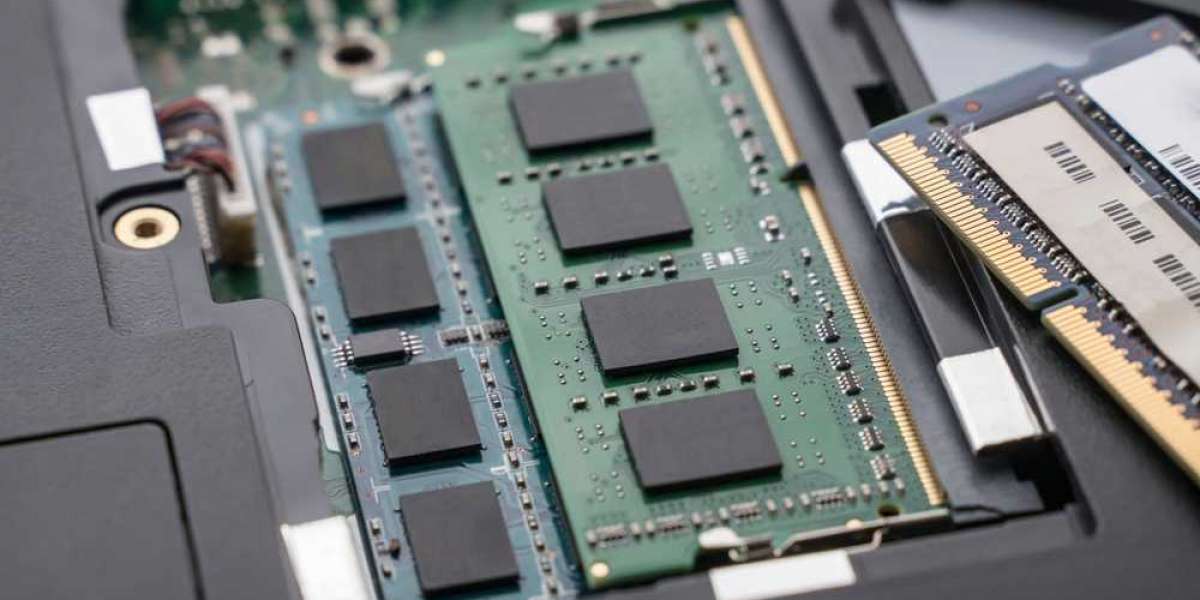Rambus Dynamic Random Access Memory (RDRAM) was a revolutionary memory technology introduced in the 1990s, promising faster speeds and higher bandwidth than traditional SDRAM. Despite its initial hype and industry support, RDRAM faced several challenges that led to its decline. This article explores the origins, key features, applications, and the reasons behind its eventual obsolescence.
The Origins of RDRAM RDRAM was developed by Rambus Inc., a technology company founded in 1990. The goal was to create a next-generation memory solution to keep pace with the increasing demands of modern CPUs. Unlike traditional DRAM, which operated on a 64-bit wide data bus, RDRAM used a narrow 16-bit data bus but operated at much higher clock speeds. This unique design allowed for significant improvements in data transfer rates, making RDRAM one of the fastest memory technologies of its time.
Key Features of RDRAM
High Bandwidth and Speed
One of the standout features of RDRAM was its ability to deliver high bandwidth and faster data transfer rates. With clock speeds of up to 800 MHz, it far outperformed existing SDRAM technology, which typically operated at 100 to 133 MHz. This made RDRAM ideal for applications that required high-speed data transfers, such as gaming consoles, high-performance PCs, and graphics workstations.
Differential Signaling and Narrow Data Bus
RDRAM’s architecture was significantly different from that of SDRAM. It utilized a narrow 16-bit data bus, but thanks to its differential signaling method, it could achieve much higher speeds. The reduced number of data pins simplified motherboard design and lowered costs in theory, but this advantage was not fully realized in practice.
Memory Modules and Design
RDRAM was sold in the form of RIMM (Rambus Inline Memory Module) modules, similar in appearance to the more common DIMM modules used for SDRAM. However, RIMM slots required unique designs and termination resistors, making it more expensive for manufacturers to integrate into motherboards.
Applications of RDRAM RDRAM found its way into high-end consumer products, including the Sony PlayStation 2 and certain models of Intel’s Pentium 4 PCs. Its high bandwidth made it ideal for gaming consoles and multimedia applications. However, its adoption in mainstream PCs was limited due to its high cost and licensing fees.
Why Did RDRAM Fail?
High Cost and Licensing Fees
One of the major reasons for RDRAM’s decline was its cost. RDRAM modules were significantly more expensive than SDRAM or DDR (Double Data Rate) memory. Rambus Inc. also required manufacturers to pay licensing fees, further driving up the cost of devices that used RDRAM.
Competition from DDR SDRAM
DDR SDRAM emerged as a strong competitor, offering similar performance at a fraction of the cost. Unlike RDRAM, DDR did not require specialized motherboards or additional termination resistors, making it more appealing to manufacturers and consumers alike. As DDR technology evolved, it soon surpassed RDRAM in both performance and affordability.
Heat and Power Consumption Issues
RDRAM modules consumed more power and generated more heat than traditional SDRAM and DDR. This posed additional design challenges for hardware manufacturers, especially in terms of cooling and power management, making it less suitable for mainstream adoption.
Conclusion RDRAM was a bold attempt to revolutionize computer memory, offering unprecedented speed and bandwidth for its time. Despite its technological innovations, high costs, competition from DDR, and design complexities led to its eventual obsolescence. Today, RDRAM is remembered as a significant milestone in memory technology history, serving as a reminder of the challenges faced by early pioneers in the fast-evolving world of computer hardware.







